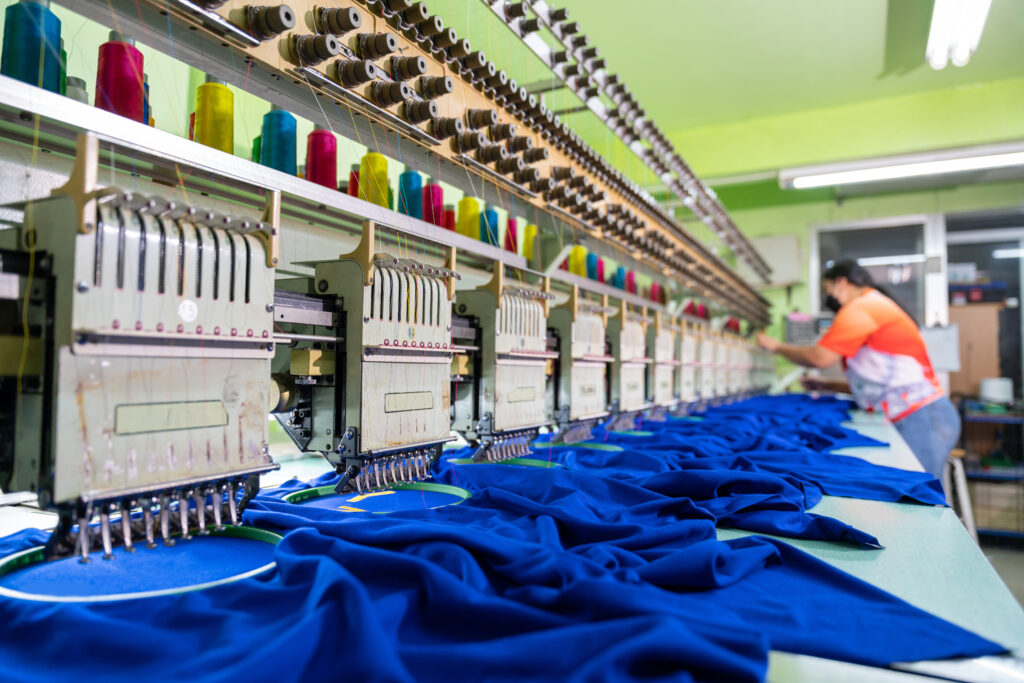The impact of consumer behavior on working hours in the textile industry

In the past decade, considerable strides have been made to improve safety and working conditions in thousands of textile factories worldwide.
Public scrutiny of global apparel brands and their manufacturing processes has intensified, leading to monumental legislative and operational changes. But even with this progress, a 2023 WRAP survey[1] found that the issue of ‘working hours’ is still a primary concern in many countries.
So, if consumer attitudes are changing rapidly and brands are adapting to reflect this paradigm shift, why do longer working hours persist in the textile industry?
The Social Impact of Consumer Demand
At its core, the textile industry continues to be a buyer-driven programme. Taking apparel as an example, the rise of “fast fashion” in the early 2000s introduced the concept of 52 micro fashion seasons, a significant shift from the traditional format of two per year.
In this industry, speed of delivery has become a marketing tool. And though some clothing brands claim to have adopted a slower, more sustainable approach to fashion, there are still an overwhelming number of outlets where quantity is king, and having the latest styles delivered quickly is the primary objective.
To this end, textile factories produce approximately 80 billion new garments yearly[2], with increased pressure to meet ever-tightening deadlines. If a factory cannot meet the short timeframe, they will most likely miss the shipment date and could lose the contract altogether. This can often come down to just a matter of cents, and the livelihoods of communities, particularly in under-developed countries, often depend on the continuous flow of work heading to the factory.
With developments in technology and automation, it’s a fair assumption that many of the roles of factory workers could be delegated to machines to meet increased demand. And while this can be the case for tasks such as labelling or packaging, the role of Boiler Operator, for example, cannot be passed on to an automated system. A factory’s boiler must be continually operating, as cooling down and restarting it leads to significant cost and time losses – a luxury not afforded within the tight timeframes already mentioned. Therefore, continuous working hours may have to be the norm for this type of worker.
Another option would be to hire more staff. However, when profit margins are already razor thin, bringing even more people onto the payroll can quickly wipe out any attempt to make a profit or keep the factory running. And though casual labour and sub-contracting could provide a short-term solution during hectic seasons, this move often adds more risk, with factories and the brands they work for having less control over the expanding supply chain.
So, is the textile industry fighting a losing battle to satisfy consumer demand while striving to improve working hours and conditions? Absolutely not.
Significant changes have been made and continue to be instigated around the world based on the attitudes of a new generation of consumers. For example, “The Fashion Act” is currently making its way through the US legislative process with a view to introducing mandatory due diligence and labor protections in the textile industry.
On a smaller scale, we see it for ourselves with our clients who manage global textile supply chains and take the issue incredibly seriously. Every day, we help them make incremental improvements that ensure they strike the right balance between providing livelihoods for their workers and maintaining their health & safety.

Case by Case vs Blanket Approach
To support our clients as they seek to improve their working practices, our approach can never be “one-size-fits-all”.
Working hours are viewed differently from culture to culture and even from person to person in some instances. A blanket approach can also lead to attempts to deviate from the system, with “double reporting” continuing to be practised.
The reality is that change will take time, and some adaptations that would greatly benefit one workplace could be harmful to others.
There are several tools and standards available which specifically deal with working hours, including:
- Social & Labor Convergence Program (SLCP)
- Sedex Members Ethical Trade Audit (SMETA)
- Ethical Trading Initiative (ETI)
- Business Social Compliance Initiative (BSCI)
- Worldwide Responsible Accredited Production (WRAP)
- Social Accountability International (SAI) SA8000® Standard
Through our due diligence; reporting, tracking, and tracing; and supply auditing services, we help clients adhere to these standards, identifying areas of compliance and areas for improvement that are practical and workable within their unique circumstances.
Our goal is to help our clients make their manufacturing facilities as safe as possible so they can authentically claim their company values. And, with impartial vetting and a view toward continuous improvement rather than overnight change, we help our clients focus on what’s achievable now and in the future.
References:

How can we help you?
Do you have any questions, are you looking for a certain service or do you want to apply for a textile certification program? Contact us now so we can help you!
